Works by series
ENTRE COMEDORES DE HARIRA (2009) AND EPÍLOGO: INTROSPECCIONES (2010 - 2016)
Emotional gaze inwards.
All of Enric Alfons’s work prior to the Allá Lejos series, which he began in 1980, could be attributed to the experience of his travels to Morocco, Algeria, Mauritania, Tunisia, Paris, London, Turkey, Kurdistan, Albania, Macedonia (now North Macedonia), Kosovo, Syria and Jordan, in which one can note an obvious focus on the figure and face of Arab women and her attire (for instance in the three series Fetitxes andalusís [1982], Deessa Màscara [1984] and Malhafa [1989]); on the everyday life of their people in their places of origin or in their destinations as migrants in cities such as Paris and London (the series Espills d’un jardí [1991–1992] and Gouttes d’or dans la ville [1993]); on the migrant’s difficult journey and glimpses into their precarious lives in locations like the agricultural areas surrounding Valencia and Roquetas de Mar (in the series Dormir al ras [1994–1996]); or the exodus of Albanians caused by the hardships following the change in the country’s political system and the conflicts in the region during the Balkan Wars (in the series Apuntes Albaneses [1997]).
After those first three series from the 1980s, from Espills d’un jardí onwards, Enric Alfons began to develop a narrative intention focused on the aforementioned themes, largely owing to a personal commitment he felt with the people and communities in these regions and circumstances, as well as a wish to capture the immediacy of the moment for which he relied on the small wooden panels he carried with him in order to paint in situ.
Spontaneous brushwork, simplified forms and a dynamic interplay between primitivism, expressionism, abstraction and figuration, together with the use of words, pictograms and symbols, were his instruments to express what he saw and how he saw it. Art critics have highlighted Alfons’s mastery and fluidity in the use of colour, whether in a more or less vivid, joyful palette or more subdued, sombre tones, yet always intensifying the narrative and conveying to the viewer the emotion of the lived experience.
From 2000 onwards, he began working on the series Allá Lejos and Titelles, corresponding to a new phase in his life after his recent fatherhood: the need to rethink his work from scratch through a reflective process, exploring memories though always maintaining the idea of mestizaje.[1]
The reflective process just mentioned is grounded in a solid academic background and extensive travel experience, fleshed out by countless artistic, literary, philosophical, poetic, cinematic and musical references, as well as current events that affect him in one way or another, as detailed in the section on the series Titelles.
The themes addressed in these series combine his ongoing commitment to the North African and Eastern world, particularly migrants fleeing poverty and war, with aspects of his own personal circumstances and emotional experiences.
In Allá Lejos, the woman once again becomes the central figure in the composition, imbued with great strength, whether as a mother or in other roles. In Titelles, by contrast, the main themes of his paintings are more varied: immigrants in the Retiro Park in Madrid, children, flower vendors, flautists...
While maintaining the main keys of his visual language, now more developed in gestural intensity, chromatic richness and dense brushwork,[2] Alfons incorporates different styles, ranging from symbolism to surrealism and expressionism, and introduces forms, postures and imaginary scenarios: for example, children are depicted as flying beings, their torsos and those of immigrants are transformed into labyrinths, or appear as titelles (puppets or marionettes in Valencian) while harvesting crops.
In short, what distinguishes both these series from previous periods, as a result of the artist’s changing personal context, is the appearance of elements that highlight the psychological and emotional aspects experienced by his figures and, significantly, by himself.
In the following series, he delves more deeply into these emotional aspects, especially those tied to his own personal situation. On the other hand, from 2006 onwards, he started travelling again on art-based expeditions, particularly to Morocco. On this occasion, his attention turned to the humble street establishments or canteens serving harira soup.
This gave rise to the 2009 series Entre comedores de harira. These scenes, featuring tables, bowls of soup, bread and sardines, also include various mysterious characters: some stirring their bowls or holding bread in their hands, others crouched or curled up as if protecting themselves from some external threat. Occasionally, in the foreground, a child is shown split in two and viscerally empty, or sitting at a table, strapped in a cross to wings which do not fly. These unsettling scenes seem to symbolise feelings of loss and emotional pain, and the need to protect oneself from it.
He continues to structure the background with squares in different colours used to differentiate the various narrative elements. The colours are considerably more muted than in earlier series: blacks, greys, deep reds although at times brighter hues appear in the less unsettling scenes exploring this subject matter, or the white of the long plastic tables typical of these eateries.
The final series has been posthumously called Epílogo: introspecciones after the artist’s death and following careful analysis. Generally in small formats (including wood panels), the works feature one or a few characters in the tormented attitudes described above, set in more confined spaces that enhance the presence of the figures and strengthen the narrative. These settings may include the corner of a table in a harira restaurant with a soup bowl on it, an open window with views of the sea or beach, elements that introduce a contrast of light, hope and freedom or indeed no setting at all, only a background of colour squares with a solitary figure.
The main solo exhibitions from this phase are: Entre comedores de harira at Galería Rafael García in Madrid, March-May 2009, and Galería Rosalía Sender in Valencia, March-April 2010, and at Café Malvarrosa, Espai Paral.lel, April-May 2011.
__________________________________________________
[1] C. Aimeur: “Enric Alfons expone de nuevo en Valencia tras cinco años de silencio,” in Las Provincias, 7 March 2003; R.V.M.: “Enric Alfons: ‘Trato de pintar partiendo de cero’,” in Levante, 8 March 2003.
[2] “Enric Alfons, serie ‘Allá Lejos’,” in El Punto de las artes, 14-20 March 2003.
All of Enric Alfons’s work prior to the Allá Lejos series, which he began in 1980, could be attributed to the experience of his travels to Morocco, Algeria, Mauritania, Tunisia, Paris, London, Turkey, Kurdistan, Albania, Macedonia (now North Macedonia), Kosovo, Syria and Jordan, in which one can note an obvious focus on the figure and face of Arab women and her attire (for instance in the three series Fetitxes andalusís [1982], Deessa Màscara [1984] and Malhafa [1989]); on the everyday life of their people in their places of origin or in their destinations as migrants in cities such as Paris and London (the series Espills d’un jardí [1991–1992] and Gouttes d’or dans la ville [1993]); on the migrant’s difficult journey and glimpses into their precarious lives in locations like the agricultural areas surrounding Valencia and Roquetas de Mar (in the series Dormir al ras [1994–1996]); or the exodus of Albanians caused by the hardships following the change in the country’s political system and the conflicts in the region during the Balkan Wars (in the series Apuntes Albaneses [1997]).
After those first three series from the 1980s, from Espills d’un jardí onwards, Enric Alfons began to develop a narrative intention focused on the aforementioned themes, largely owing to a personal commitment he felt with the people and communities in these regions and circumstances, as well as a wish to capture the immediacy of the moment for which he relied on the small wooden panels he carried with him in order to paint in situ.
Spontaneous brushwork, simplified forms and a dynamic interplay between primitivism, expressionism, abstraction and figuration, together with the use of words, pictograms and symbols, were his instruments to express what he saw and how he saw it. Art critics have highlighted Alfons’s mastery and fluidity in the use of colour, whether in a more or less vivid, joyful palette or more subdued, sombre tones, yet always intensifying the narrative and conveying to the viewer the emotion of the lived experience.
From 2000 onwards, he began working on the series Allá Lejos and Titelles, corresponding to a new phase in his life after his recent fatherhood: the need to rethink his work from scratch through a reflective process, exploring memories though always maintaining the idea of mestizaje.[1]
The reflective process just mentioned is grounded in a solid academic background and extensive travel experience, fleshed out by countless artistic, literary, philosophical, poetic, cinematic and musical references, as well as current events that affect him in one way or another, as detailed in the section on the series Titelles.
The themes addressed in these series combine his ongoing commitment to the North African and Eastern world, particularly migrants fleeing poverty and war, with aspects of his own personal circumstances and emotional experiences.
In Allá Lejos, the woman once again becomes the central figure in the composition, imbued with great strength, whether as a mother or in other roles. In Titelles, by contrast, the main themes of his paintings are more varied: immigrants in the Retiro Park in Madrid, children, flower vendors, flautists...
While maintaining the main keys of his visual language, now more developed in gestural intensity, chromatic richness and dense brushwork,[2] Alfons incorporates different styles, ranging from symbolism to surrealism and expressionism, and introduces forms, postures and imaginary scenarios: for example, children are depicted as flying beings, their torsos and those of immigrants are transformed into labyrinths, or appear as titelles (puppets or marionettes in Valencian) while harvesting crops.
In short, what distinguishes both these series from previous periods, as a result of the artist’s changing personal context, is the appearance of elements that highlight the psychological and emotional aspects experienced by his figures and, significantly, by himself.
In the following series, he delves more deeply into these emotional aspects, especially those tied to his own personal situation. On the other hand, from 2006 onwards, he started travelling again on art-based expeditions, particularly to Morocco. On this occasion, his attention turned to the humble street establishments or canteens serving harira soup.
This gave rise to the 2009 series Entre comedores de harira. These scenes, featuring tables, bowls of soup, bread and sardines, also include various mysterious characters: some stirring their bowls or holding bread in their hands, others crouched or curled up as if protecting themselves from some external threat. Occasionally, in the foreground, a child is shown split in two and viscerally empty, or sitting at a table, strapped in a cross to wings which do not fly. These unsettling scenes seem to symbolise feelings of loss and emotional pain, and the need to protect oneself from it.
He continues to structure the background with squares in different colours used to differentiate the various narrative elements. The colours are considerably more muted than in earlier series: blacks, greys, deep reds although at times brighter hues appear in the less unsettling scenes exploring this subject matter, or the white of the long plastic tables typical of these eateries.
The final series has been posthumously called Epílogo: introspecciones after the artist’s death and following careful analysis. Generally in small formats (including wood panels), the works feature one or a few characters in the tormented attitudes described above, set in more confined spaces that enhance the presence of the figures and strengthen the narrative. These settings may include the corner of a table in a harira restaurant with a soup bowl on it, an open window with views of the sea or beach, elements that introduce a contrast of light, hope and freedom or indeed no setting at all, only a background of colour squares with a solitary figure.
The main solo exhibitions from this phase are: Entre comedores de harira at Galería Rafael García in Madrid, March-May 2009, and Galería Rosalía Sender in Valencia, March-April 2010, and at Café Malvarrosa, Espai Paral.lel, April-May 2011.
__________________________________________________
[1] C. Aimeur: “Enric Alfons expone de nuevo en Valencia tras cinco años de silencio,” in Las Provincias, 7 March 2003; R.V.M.: “Enric Alfons: ‘Trato de pintar partiendo de cero’,” in Levante, 8 March 2003.
[2] “Enric Alfons, serie ‘Allá Lejos’,” in El Punto de las artes, 14-20 March 2003.
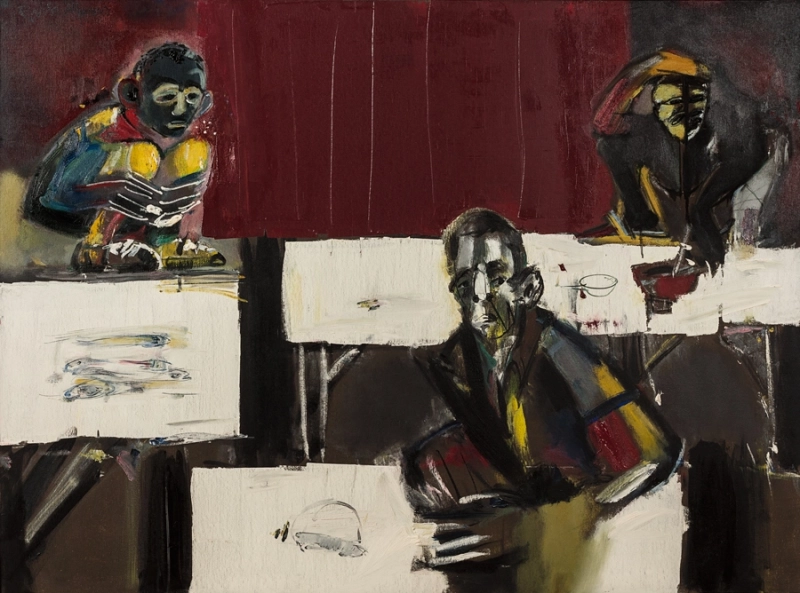
Entre comedores de harira, 2009
Oil/canvas, 97 x 130 cm
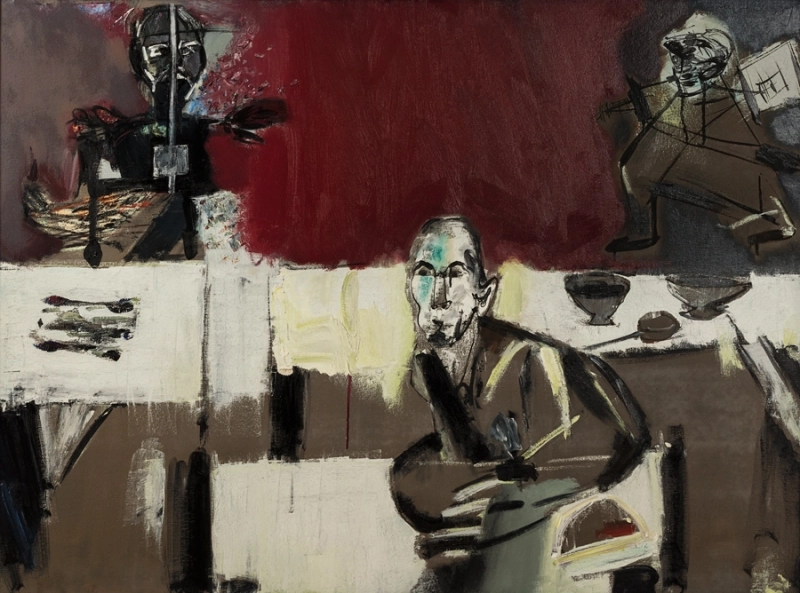
Entre comedores de harira, 2009
Oil/canvas, 97 x 130 cm
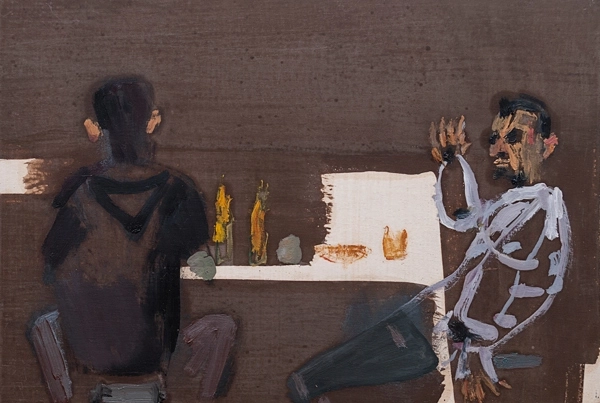
Untitled (Souk Sebt Ouled Nemma, Morocco), 2009
Oil/panel, 20 x 30 cm
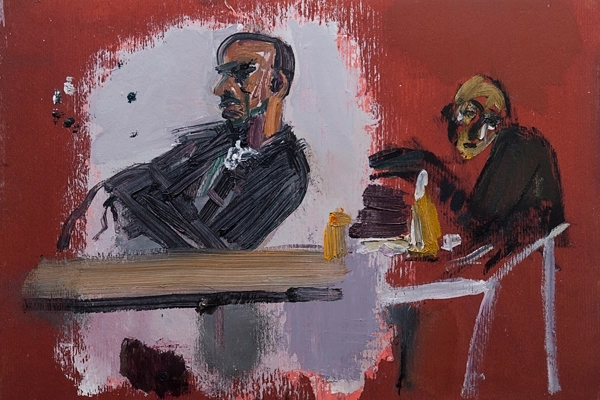
Untitled (Souk Sebt Ouled Nemma, Morocco), 2009
Oil/panel, 20 x 30 cm
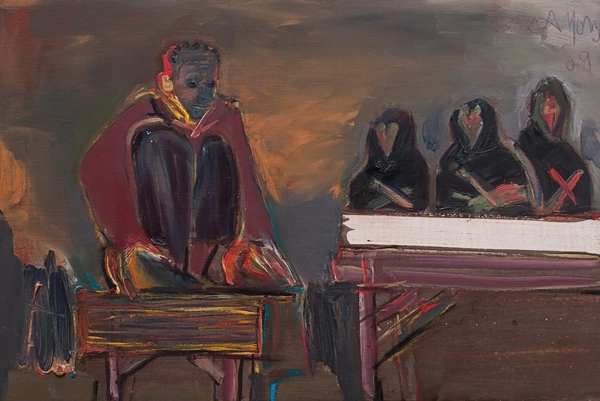
Untitled (Beni Mellal, Morocco), 2009
Oil/panel , 20 x 30 cm
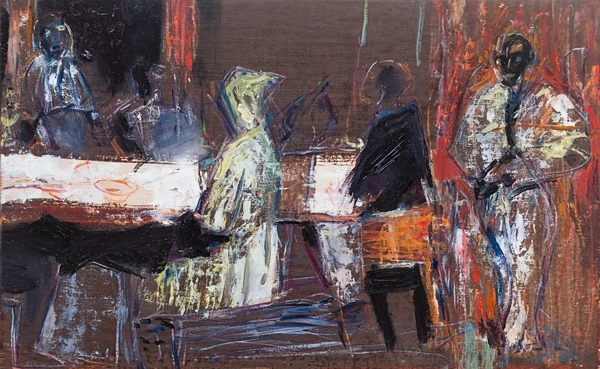
Untitled (Beni Mellal-Valencia), 2009
Mixed media/panel, 18,5 x 30 cm
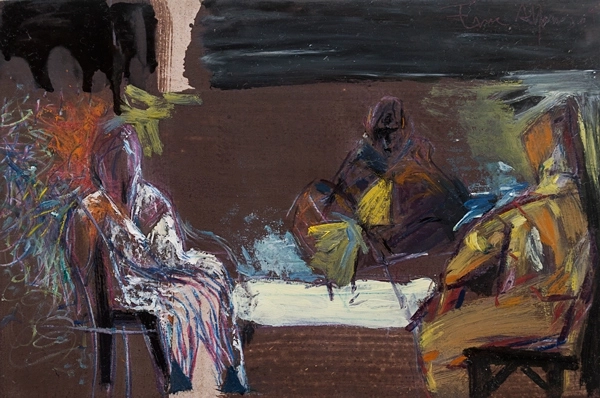
Untitled (Beni Mellal, Morocco), 2009
Mixed media/panel, 20 x 30 cm
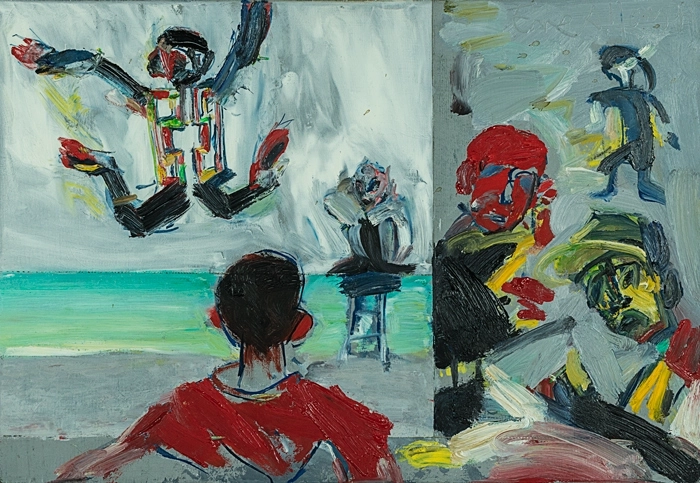
Untitled, c.2009-2010
Oil/panel, 26 x 38 cm
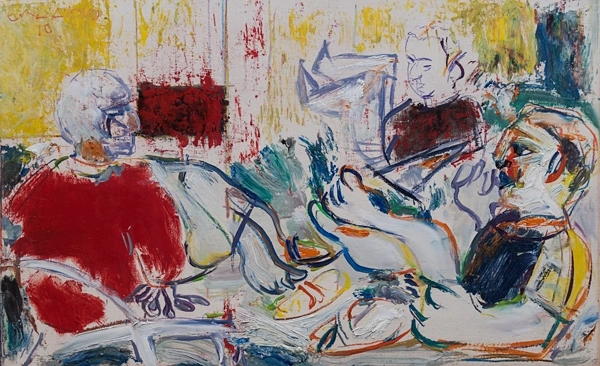
S/T (Oualidia, Morocco), 2010
Oil/panel , 18,5 x 30 cm
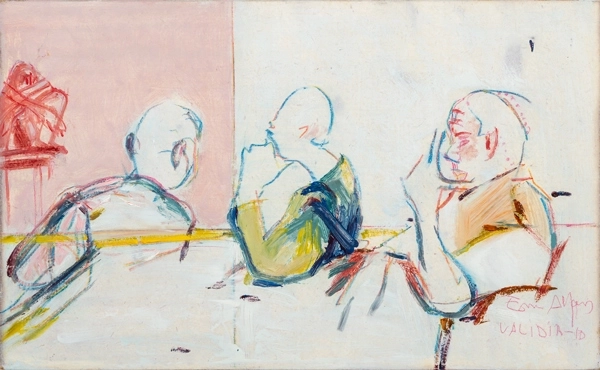
Untitled (Oualidia, Morocco), 2010
Oil/ panel , 18,5 x 30 cm
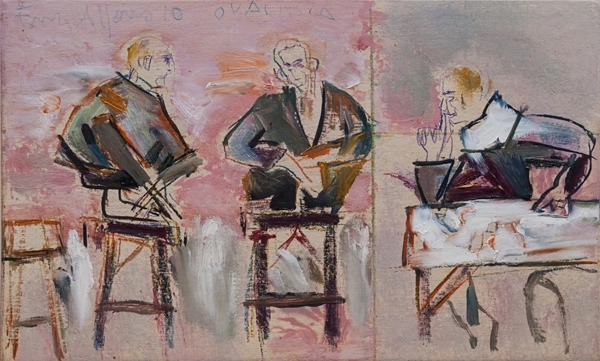
Untitled (Oualidia, Morocco), 2010
Oil/panel, 18,5 x 30 cm
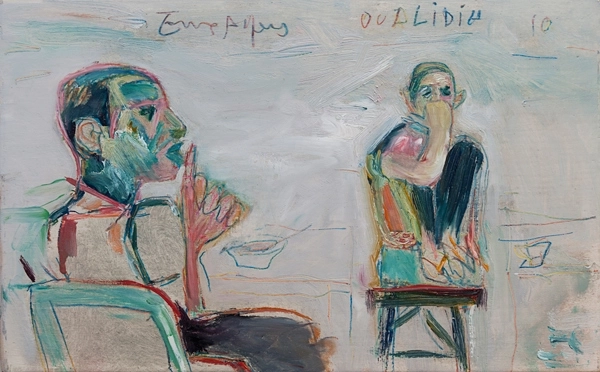
Untitled (Oualidia, Morocco), 2010
Oil/panel, 18,5 x 30 cm
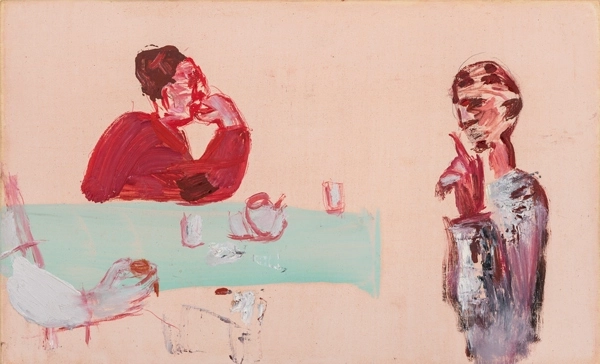
Untitled (Ouarzazate, Morocco), 2011
Oil/panel , 18,5 x 30 cm
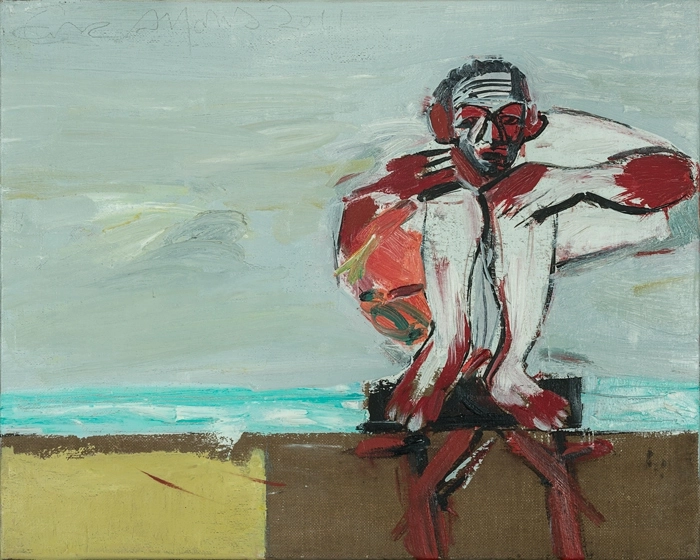
Untitled, 2011
Oil/canvas, 33 x 41 cm_700
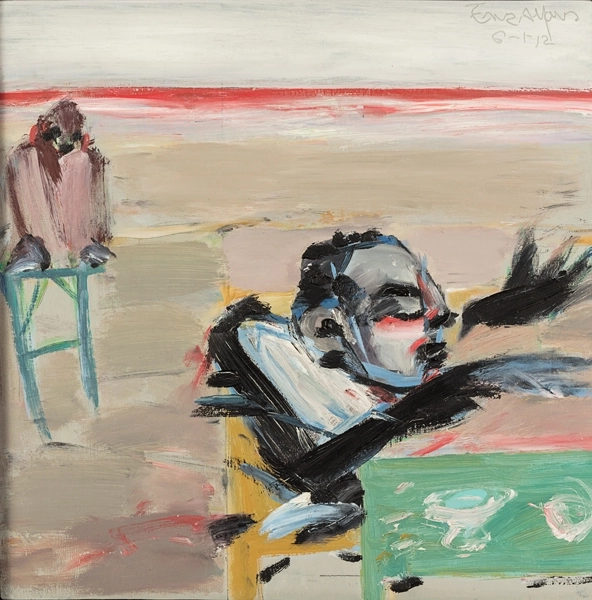
Poema Bukowski, 2012
Oil/panel, 30 x 30 cm
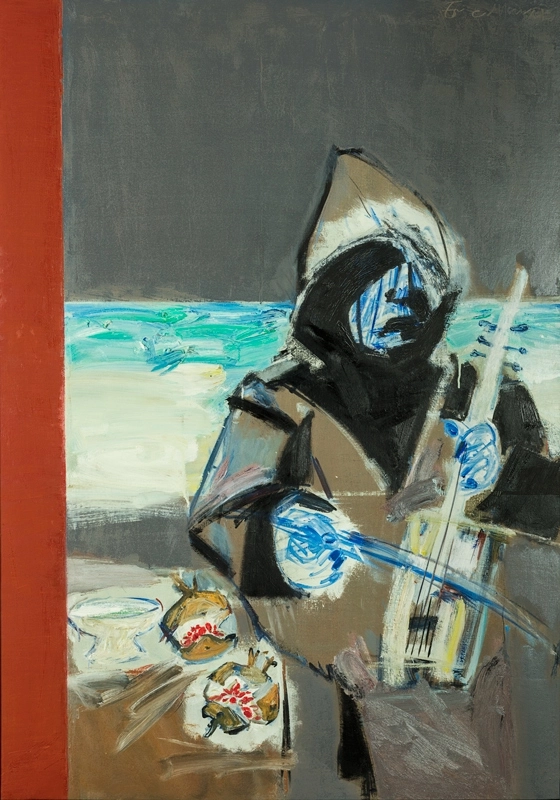
Untitled, c.2012
Oil/canvas, 116 x 81 cm
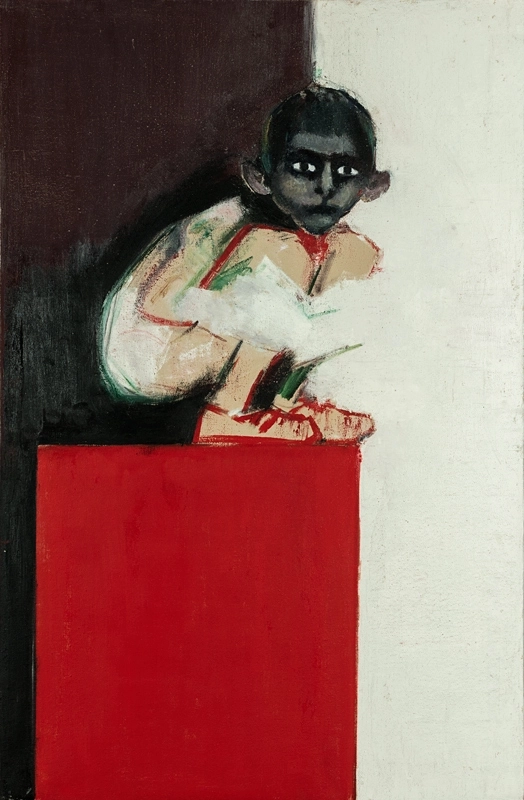
Untitled, n. d.
Oil/canvas, 92 x 60 cm
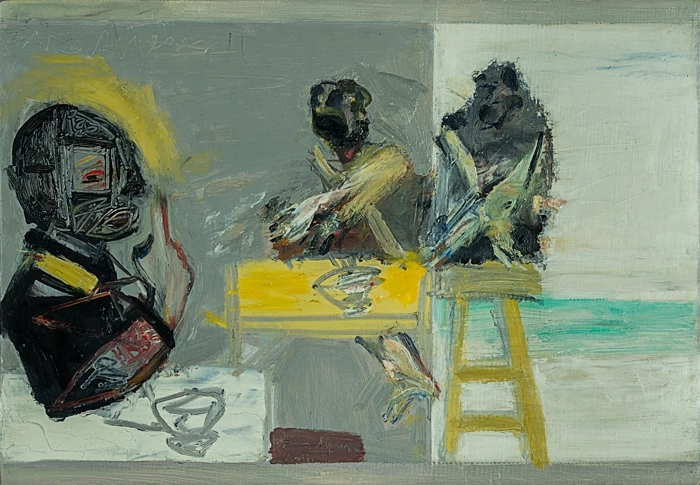
Untitled, c.2014
Oil/panel, 26 x 38 cm
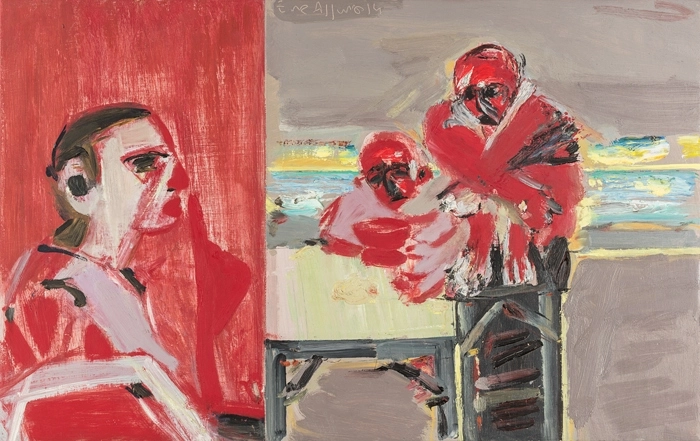
Untitled, 2014
Oil/panel, 32 x 52 cm
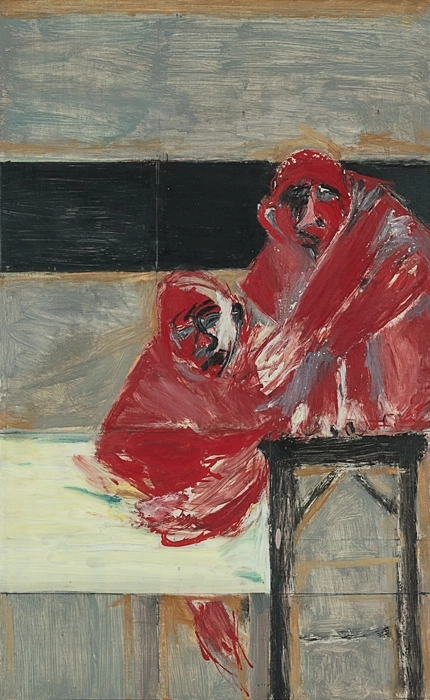
Untitled, 2014
Oil/panel, 52 x 32 cm
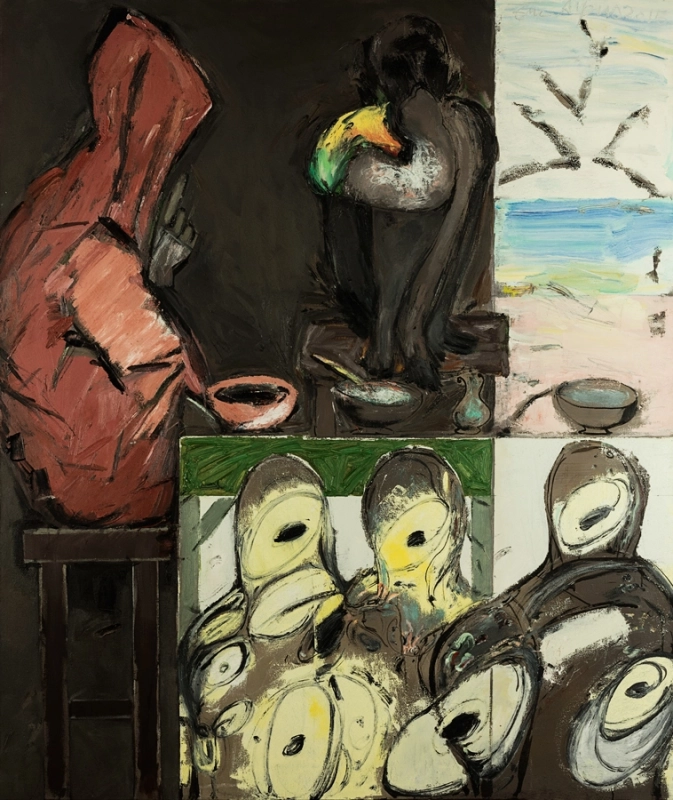
Untitled, 2015
Oil/canvas, 130 x 110 cm
